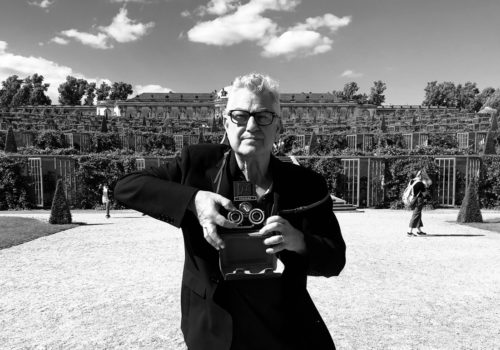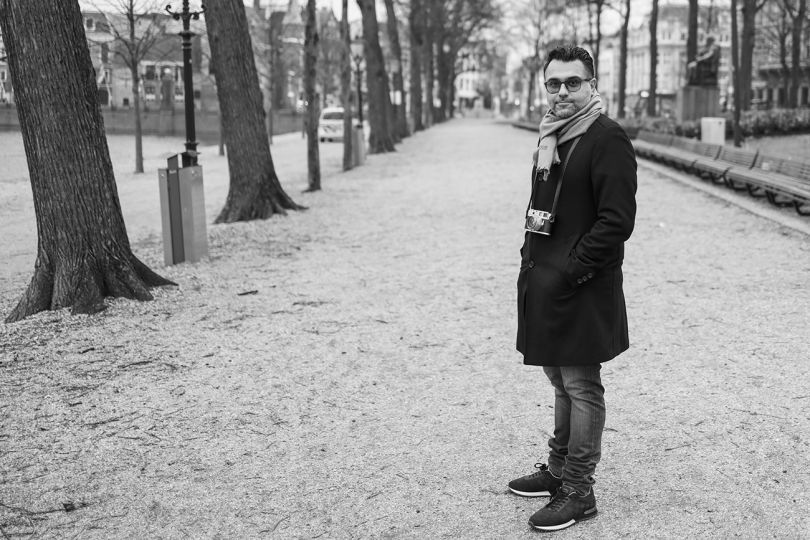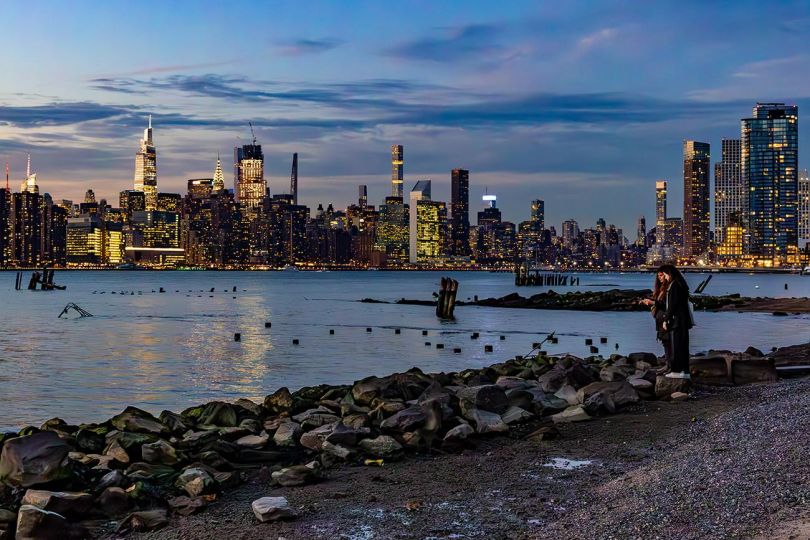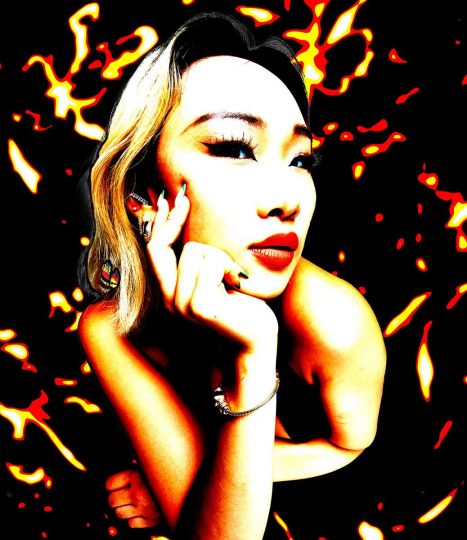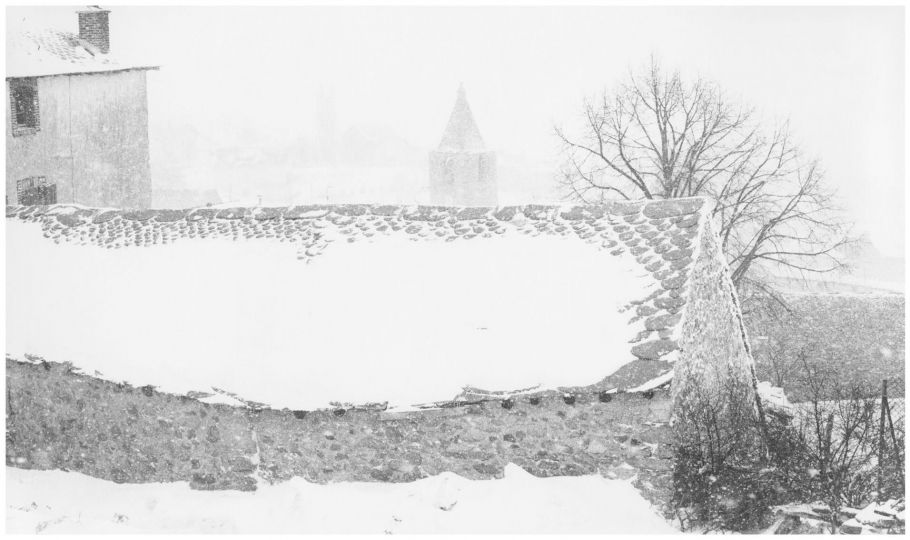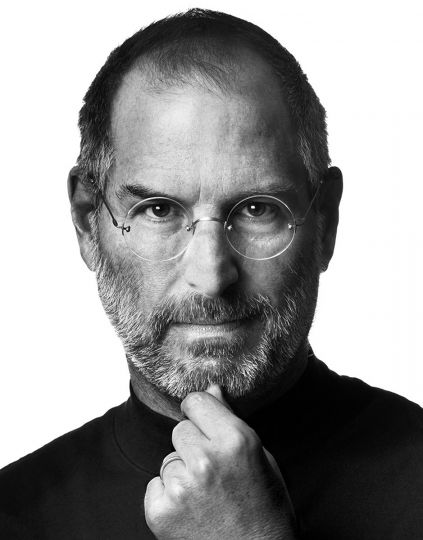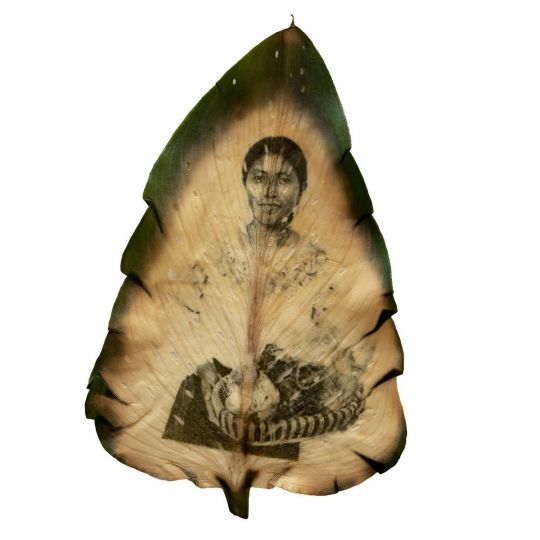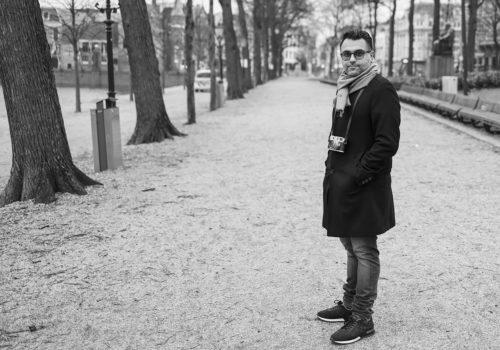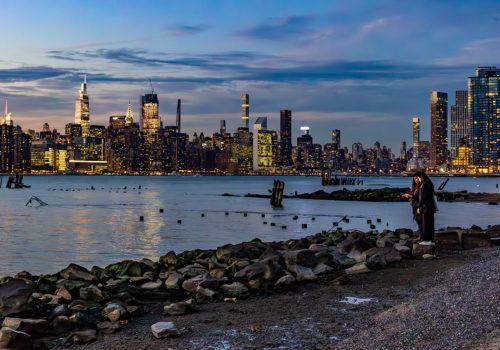Mark Arbeit is one of the most fascinating photographers I have ever met. A gentle soul, with a sunny character combined with a sharp sense of style, a brilliant eye for photography, and with a killer-portfolio. Modest and kind at all times.
Having worked with Irving Penn, and Helmut Newton, you can talk with him for hours, while marveling at his multifaceted approaches to the genres of portraiture, high fashion, and editorial photography.
After having collaborated with him twice – for his 2009 and his 2019 shows at the Helmut Newton Foundation – it was high time to do a thorough recap on his past and share his latest news. Thank you, Mark, for allowing us to take a deep dive into your oeuvre, and for sharing some of the finest examples from your portfolio!

